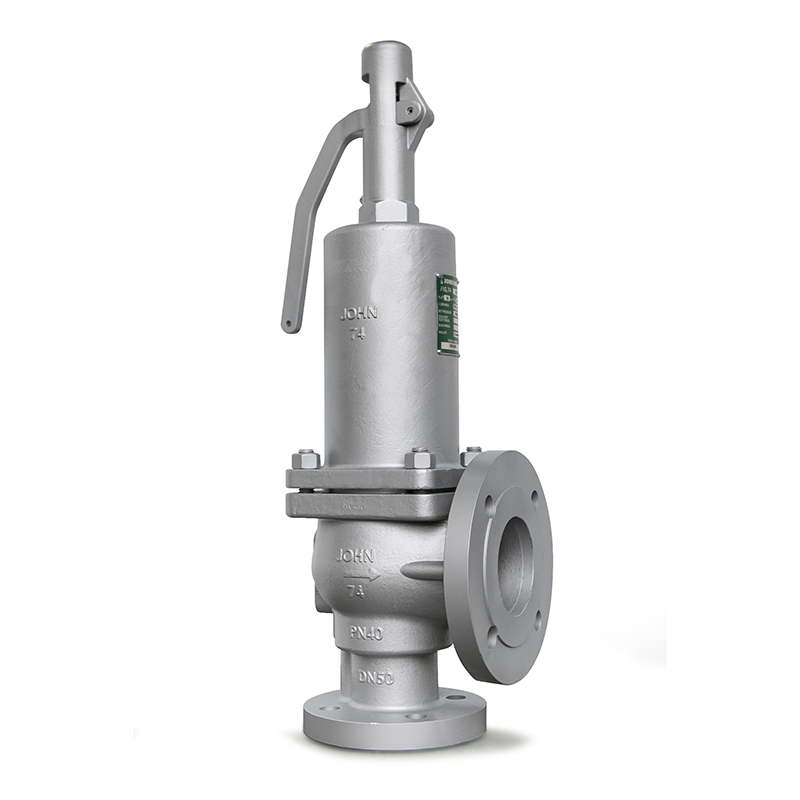Maintaining the safety and integrity of industrial processes demands a thorough understanding of safety valves and relief valves. These critical components automatically discharge gas, vapour, or liquid from pressure systems, preventing dangerous pressure levels and averting potential disasters. While both serve the purpose of pressure relief, they differ significantly in operation and application.
What are Safety Valves?
Safety valves are vital for preventing overpressure in industrial settings like steam, gas, and vapour systems. These spring-loaded valves automatically open when system pressure exceeds a set limit, safely releasing the excess. Their primary role is to protect people, equipment, and the environment from catastrophic accidents. By promptly relieving pressure, safety valves help avoid equipment malfunctions, ensuring the secure operation of industrial processes.

Pros of Safety Valves
- Instantly relieve excess pressure to keep operations within safe limits, reducing accident risks.
- Crucial during unexpected malfunctions, preventing catastrophic failures or explosions.
- Available in various designs and materials, suitable for diverse applications across industries.
Cons of Safety Valves
- When triggered, safety valves can result in fluid loss, affecting system efficiency.
- Incorrect sizing or selection can lead to inadequate pressure relief or excessive discharges.
- Regular inspections, testing, and part replacements are necessary to ensure functionality.
What are Relief Valves?
- Relief valves provide precise control over excessive pressure in systems, especially in liquid applications. When pressure surpasses the threshold, these valves gradually open, ensuring system integrity without abrupt discharge. Equipped with tamper-proof caps, they offer reliable protection against over-pressurisation.
Pros of Relief Valves
- Precise Pressure Control -Delivers accurate regulation, ensuring optimal system performance and preventing overpressure.
- Design Flexibility – Available in various configurations to suit different pressure ranges and system requirements.
- Low Maintenance – Simple design with easy disassembly and minimal maintenance needs.
Cons of Relief Valves
- Efficiency Impact – Like safety valves, fluid loss from pressure relief can reduce system efficiency.
- Chattering Risks: Rapid valve opening and closing near setpoints can cause wear and affect performance.
- Key Differences – Safety Valves vs. Relief Valves
- Though both valves safeguard systems from overpressure, they differ in their specific roles, operation, and applications.
Purpose:
- Safety Valves protect life, property, and the environment from system failures.
- Relief Valves focus on maintaining equipment integrity by preventing over-pressurisation.
Operation:
- Relief Valves gradually open to release pressure as it exceeds the setpoint.
- Safety Valves respond more rapidly, fully opening when a critical pressure threshold is reached.
Setpoint:
- Safety Valves are set at a fixed pressure to ensure consistent protection, with seals to prevent tampering.
- Relief Valves can be adjusted for various pressures, allowing more precise control.
Applications
- Safety Valves are commonly used in high-risk industries like steam generation, oil and gas, and chemical processing.
- Relief Valves are typically found in liquid applications, such as plumbing and heating systems.
Choosing the Right Valve for Your Operations
Selecting the appropriate valve type is critical for ensuring both safety and system efficiency. Safety valves are designed to protect lives and prevent major accidents, while relief valves are intended to preserve equipment and prevent damage due to overpressure.
At John Valves, we offer a comprehensive range of high-quality valves tailored to meet industrial demands. Whether you need supply, manufacturing, repair, or reconditioning services, our expertise ensures your systems stay safe and reliable. Contact us today for expert guidance on choosing the right valve for your business.

